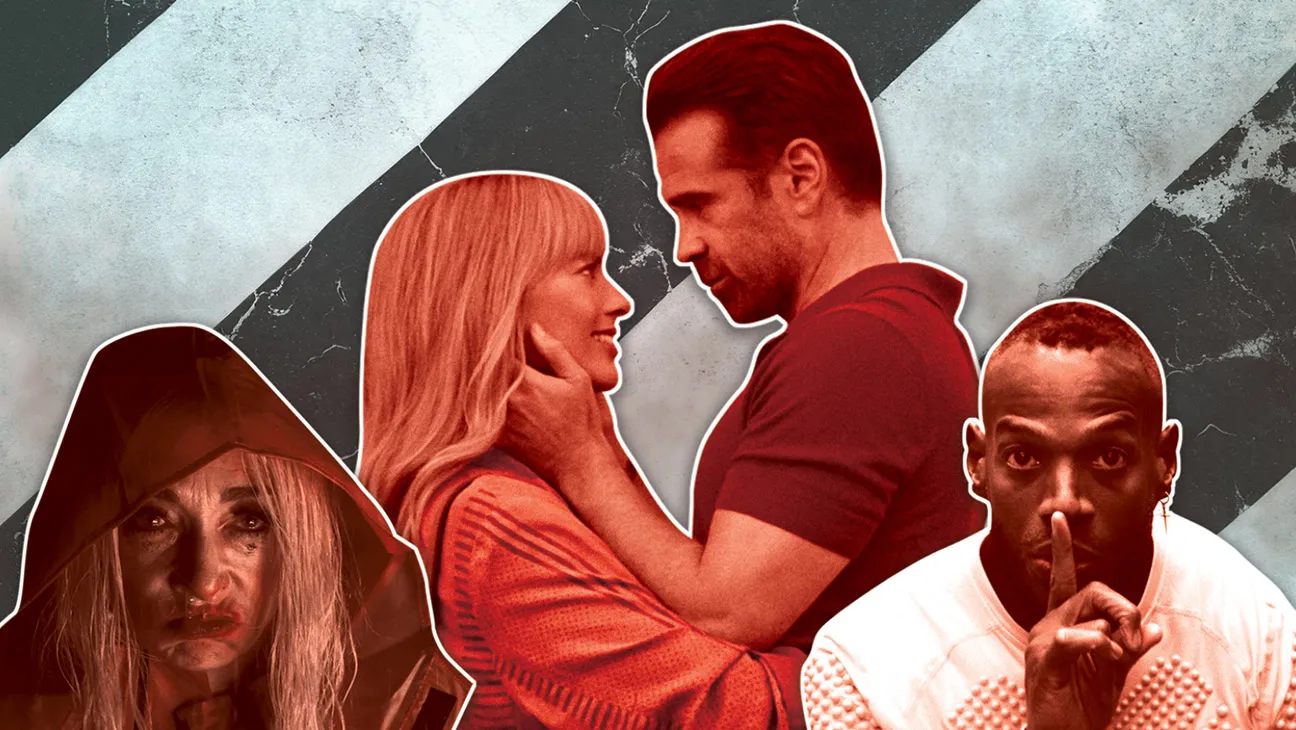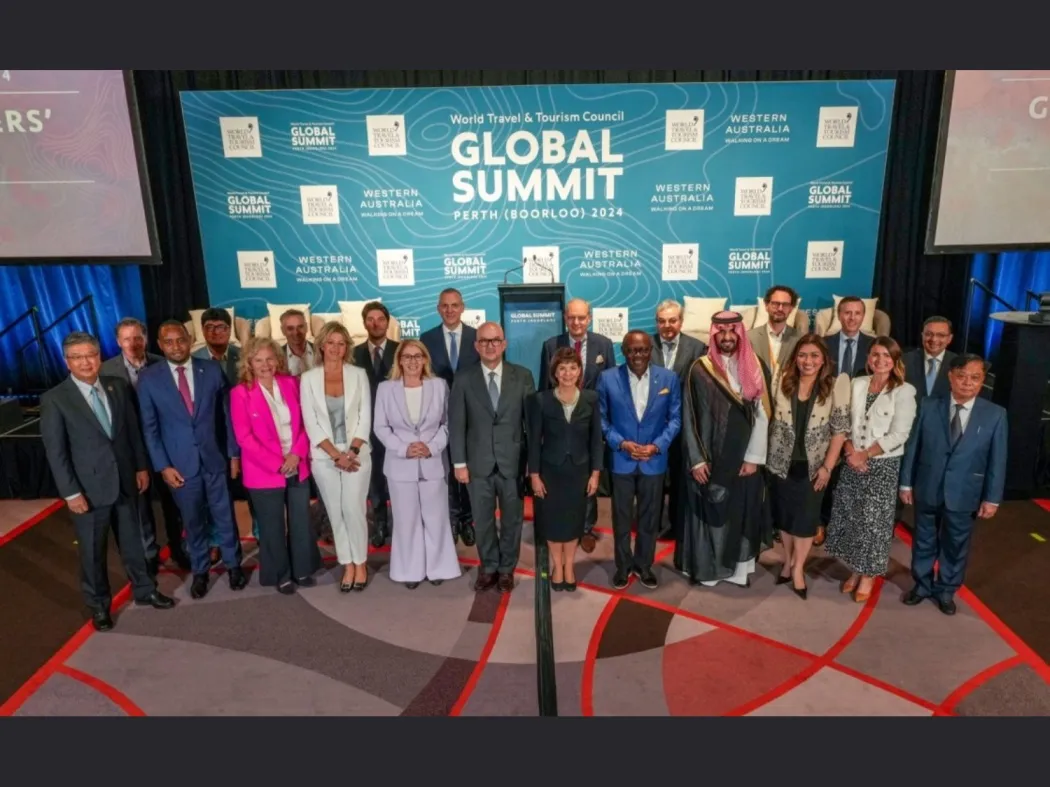
It’s been a December tradition in Hollywood for two decades: studio execs, agents and producers breathlessly scanning the annual Black List of the best unproduced screenplays, hoping to spot the next Juno, the next Argo, the next Imitation Game — zeitgeist-defining indies that seemed to come out of nowhere. Diablo Cody’s teen pregnancy comedy went from quirk to cultural phenomenon, Chris Terrio’s CIA thriller won best picture, and Graham Moore’s Enigma thriller grossed $230 million.
Cut to this fall, when two of the list’s most recent graduates barely made a blip on the big screen. Him has grossed just $21 million worldwide off a $27 million budget, while A Big Bold Beautiful Journey earned only $14 million off $45 million. And those aren’t the only recent stumbles: Last year, there was I.S.S., which pulled in about $6 million on a $13 million budget, and Miller’s Girl, which grossed $1.8 million on $4 million.
To put it bluntly, an institution once synonymous with sleeper hits lately has been turning out more sleepers than hits — raising the question of whether the Black List has lost some of its magic.
Of course, it could just be that the business has changed since 2005, when Franklin Leonard, then a junior exec at Leonardo DiCaprio’s company, launched the survey. Hollywood today leans more on sequels and reboots, with fewer studios gambling on off-center projects. Sure, there are exceptions: Challengers put Zendaya in tennis whites and rallied respectable grosses. Promising Young Woman and The Menu had their moments. But more and more, Black List darlings wind up as buzzy Netflix curios like They Cloned Tyrone and May December.
Part of the problem may be math: Only about 10 percent of Black List scripts from recent years have been produced, compared with 40 to 50 percent from the survey’s earlier years. While newer lists haven’t yet had time to work through Hollywood’s slow pipelines, the drop-off is hard to miss — and it’s meant fewer chances to surprise at the box office.
Leonard prefers to zoom out. “More than 500 movies have been produced from the annual Black List since it launched — some very successful, others less so,” he tells Rambling Reporter, pointing to a 2019 Harvard Business School study that found Black List movies overall tend to perform better at the box office. “That’s been true since they started being produced.”
L.A. Real Estate’s $100 Million Shrug
The most shocking thing about Johnny Carson’s Malibu home hitting the market for $110 million? That nobody is the slightest bit shocked by its price tag. In today’s L.A. real estate world, nine figures is the new eight.
“When I got into the business in 2006, if you had $20 million to $30 million to spend, you could pretty much get anything you wanted,” says Rayni Williams, CEO of The Beverly Hills Estates, a high-end brokerage that caters to über-wealthy home buyers. “The land, the view, whatever you could think of.”
Today, $20 million to $30 million barely gets you a decent view of a parking space in Silver Lake.
Of course, housing prices are skyrocketing across the country, but at this astronomical price point, there’s more than house-flation at work. It goes back to the mid-2000s, when developers began building 20,000-square-foot pieds-à-terre for billionaires from abroad. “It was like Field of Dreams — if you build it, they will come,” says Williams. “And that’s how we started taking the turn.”
By 2010, L.A. had its first brush with nine-figure real estate when Candy Spelling listed her estate for $150 million (it eventually sold for $85 million). Less than a decade later came the city’s first actual $100 million sale, Peter Morton’s Carbon Beach estate, at $110 million. And then, in 2017, there was the so-called “Billionaire” house in Bel-Air, which launched at $250 million before selling for $104 million.
Today, Williams alone has three listings priced above $100 million, and citywide she figures nearly a dozen nine-figure homes are floating around — not all of them jumbo-sized (Carson’s is a mere 7,000 square feet). Williams, for one, believes the prices have no place to go but up. “We’ll probably see a half-billion-dollar home in our lifetime,” she says.
Wanted: Abs of Steel. Talent Optional
If you’re a young actor trying to make it in Hollywood, we have two words of advice: protein shakes.
A well-known producer tells Rambling that he’s been having a heck of a time finding macho-looking actors in their 20s for a high-profile series set in the 1980s that he’s about to start shooting for a top streamer. At an open call, scores of would-be hunks lined up for the gig — and all of them looked like Timothée Chalamet. “We were trying to cast young gangsters, and in came a line of malnourished hipsters,” the producer says. “A torrent of twinks. It’s the Chalamet effect. Every casting director I know complains about it.”
This, apparently, is something of a perennial challenge in Hollywood. Ten years ago, Michael Douglas stirred up controversy when he complained about the town being filled with “sensitive young men.” More recently, MAGA booster Kevin Sorbo — who actually was a muscular young actor in the 1990s, playing the OG he-man on the syndicated hit Hercules: The Legendary Journeys — wrote a 2023 op-ed on the Fox News website titled “Let’s Make Hollywood Manly Again,” which took particular aim at Chalamet’s androgynous flair (“Your grandfather wouldn’t have been caught dead dressed like that”). Says the producer, with a weary shrug: “It’s a real problem.”



